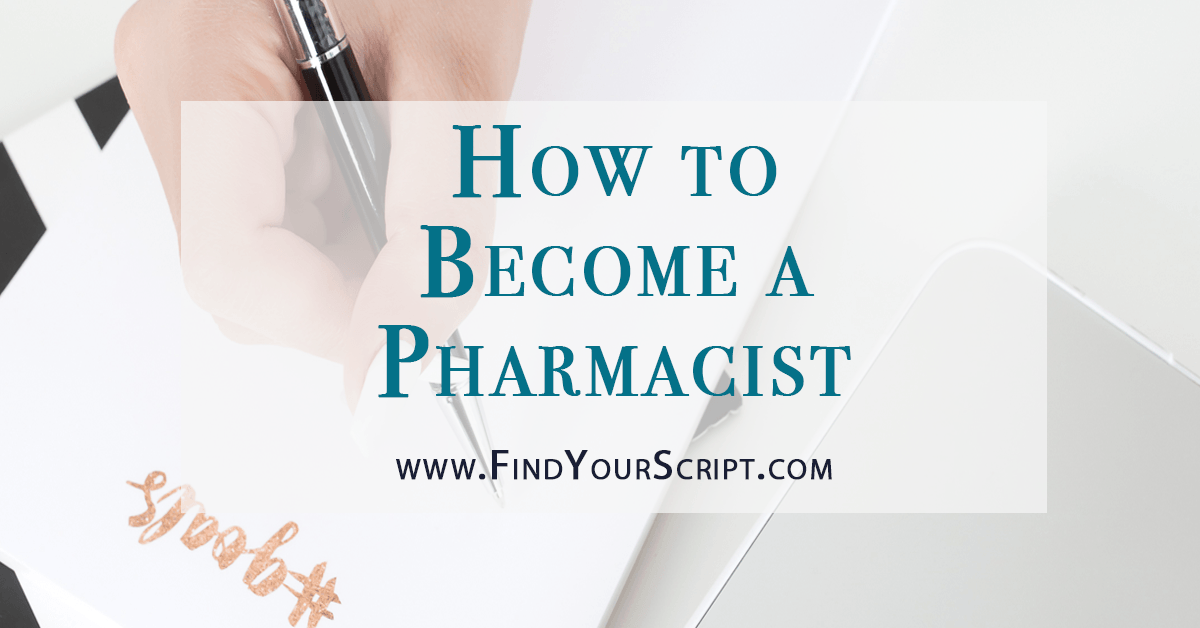What does it take to become a pharmacist?
I often get asked, how did you become a pharmacist? Is it a bachelor degree program?
Today, I’m discussing How to Become a Pharmacist. I’ll expand on this journey in upcoming posts. Here is a brief overview of the number of years involved and my personal experience:
2-4 years Undergraduate = Pre-requisite courses & Optional Bachelor’s degree
ME = 3 years = Bachelor’s degree in Biological Sciences
4 years Graduate School = School of Pharmacy (traditional semester system)
ME = 4 years = Doctorate degree = Doctor of Pharmacy degree = Pharm.D.
1-2 years Optional Post-Graduate Training = Residency or Fellowship
ME = 2 years = ASHP-accredited PGY1 Pharmacy Practice Residency &
PGY2 Critical Care Residency
TOTAL = ME = 9 years
Simple answer: no, becoming a pharmacist involves MORE than a bachelor degree. Pharmacists hold Doctorate degrees. After several years of higher education, pharmacists become licensed by national and state board examinations. I’ll discuss these in more details in a separate post but here are links for more information now.
Board Examinations:
National: NAPLEX
State: Depends on State (CA is CPJE)
Board Certified Pharmacist Specialist (optional): Several specialty certifications available
Overall, my journey totaled 9 years of higher education/training. There are several paths students can take to becoming a pharmacist from the undergraduate education that is completed and the Pharm.D. curriculums offered. More about my personal education is found on my About Page.
Have your own story to becoming a pharmacist? Share it below in the comments now!


